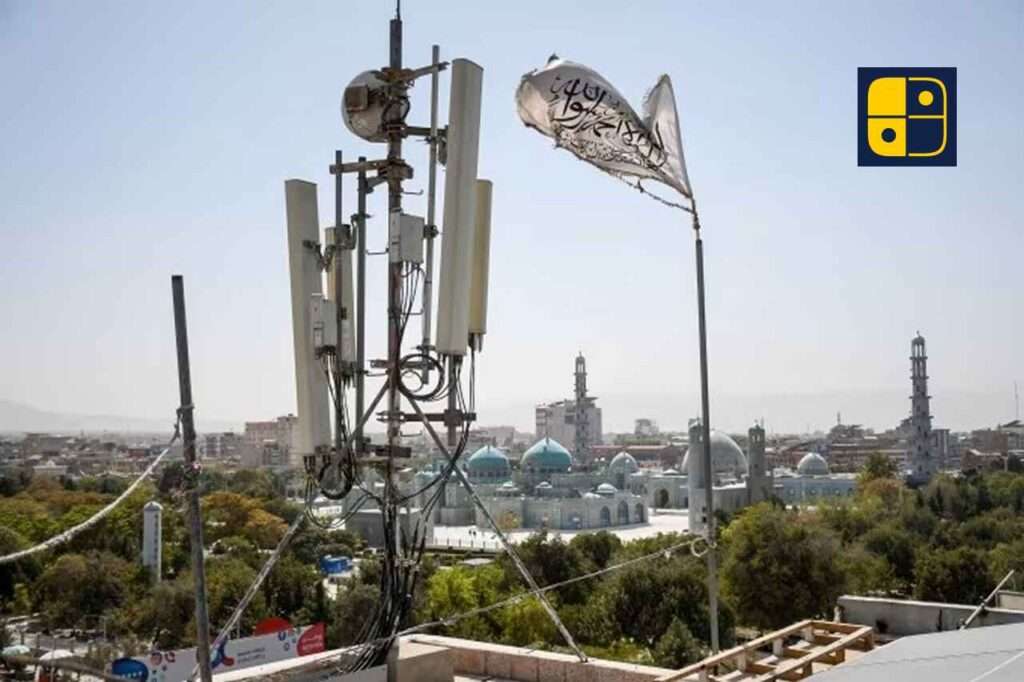Afghanistan has entered a new phase of authoritarian control as the Taliban imposed an indefinite internet shutdown, crippling mobile and fibre networks across the country. NetBlocks reported national connectivity had plunged by over 95%, reducing usage to barely 1-2% of normal levels. Kabul, Herat and Kandahar, the economic hubs are virtually offline, while earlier bans on fibre-optic links in northern provinces were a prelude to this sweeping blackout. The regime, citing “immorality” online, has offered no timeline for restoration, reflecting an ideological hardening that prioritises control over national survival.
The costs are catastrophic. Nearly 60% of Afghans depend on mobile money and online remittances for daily transactions; with $8 billion in annual remittance inflows disrupted, households are left financially stranded. For women, who had shifted to remote learning after education bans, the shutdown closes their last lifeline. Over 200 media outlets relying on digital platforms face extinction, silencing dissent and cutting international observers off from ground realities. Aid delivery, which sustains 24 million Afghans, is severely impaired by the communication vacuum.
Globally, the blackout signals the Taliban’s intent to replicate extreme models of digital authoritarianism. By weaponising connectivity, Afghanistan risks becoming an unmonitored “dark zone,” where repression deepens, crises remain invisible, and citizens are erased from the global digital map.

